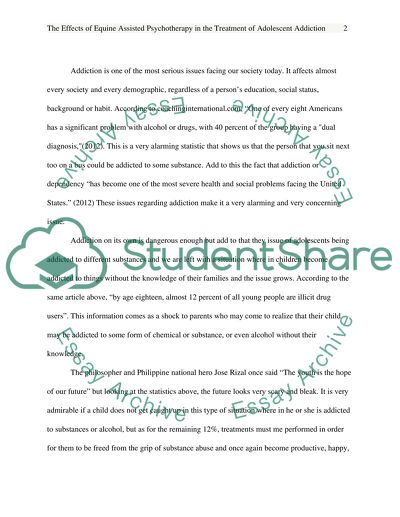Cite this document
(“The Effects of Equine Assisted Psychotherapy in the Treatment of Research Proposal”, n.d.)
Retrieved from https://studentshare.org/psychology/1448154-the-effects-of-equine-assisted-psychotherapy-in
Retrieved from https://studentshare.org/psychology/1448154-the-effects-of-equine-assisted-psychotherapy-in
(The Effects of Equine Assisted Psychotherapy in the Treatment of Research Proposal)
https://studentshare.org/psychology/1448154-the-effects-of-equine-assisted-psychotherapy-in.
https://studentshare.org/psychology/1448154-the-effects-of-equine-assisted-psychotherapy-in.
“The Effects of Equine Assisted Psychotherapy in the Treatment of Research Proposal”, n.d. https://studentshare.org/psychology/1448154-the-effects-of-equine-assisted-psychotherapy-in.


